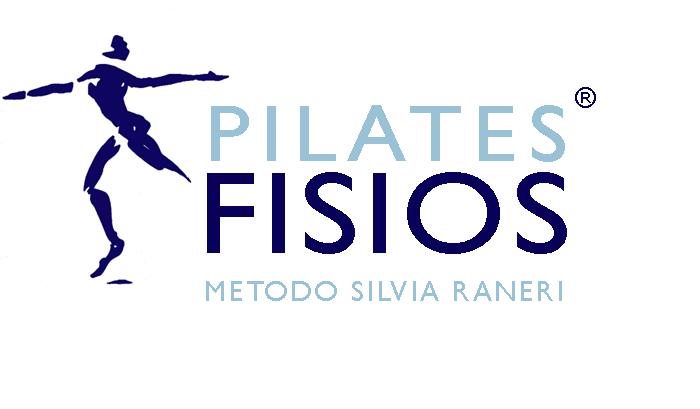STUDY DESIGN: Prospective cohort study.
OBJECTIVE: To derive a preliminary clinical prediction rule for identifying a subgroup of patients with low back pain (LBP) likely to benefit from Pilates-based exercise.
BACKGROUND: Pilates-based exercise has
been shown to be effective for patients with LBP.
However, no previous work has characterized
patient attributes for those most likely to have a
successful outcome from treatment.
METHODS: Ninety-six individuals with nonspecific LBP participated in the study. Treatment
response was categorized based on changes in
the Oswestry Disability Questionnaire scores after
8 weeks. An improvement of 50% or greater was
categorized as achieving a successful outcome.
Thirty-seven variables measured at baseline were
analyzed with univariate and multivariate methods
to derive a clinical prediction rule for successful
outcome with Pilates exercise. Accuracy statistics,
receiver-operator curves, and regression analyses
were used to determine the association between
standardized examination variables and treatment
response status.
RESULTS: Ninety-five of 96 participants
completed the study, with 51 (53.7%) achieving a
successful outcome. A preliminary clinical prediction rule with 5 variables was identified: total trunk
flexion range of motion of 70° or less, duration
of current symptoms of 6 months or less, no leg
symptoms in the last week, body mass index of 25
kg/m2
or greater, and left or right hip average rotation range of motion of 25° or greater. If 3 or more
of the 5 attributes were present (positive likelihood
ratio, 10.64), the probability of experiencing a successful outcome increased from 54% to 93%.
CONCLUSION: These data provide preliminary evidence to suggest that the response to
Pilates-based exercise in patients with LBP can
be predicted from variables collected from the
clinical examination. If subsequently validated in a
randomized clinical trial, this prediction rule may
be useful to improve clinical decision making in
determining which patients are most likely to benefit from Pilates-based exercise. J Orthop Sports
Phys Ther 2012;42(5):425-436. doi:10.2519/
jospt.2012.3826
KEY WORDS: classification, lumbar spine,
Pilates-based exercise, stabilization


